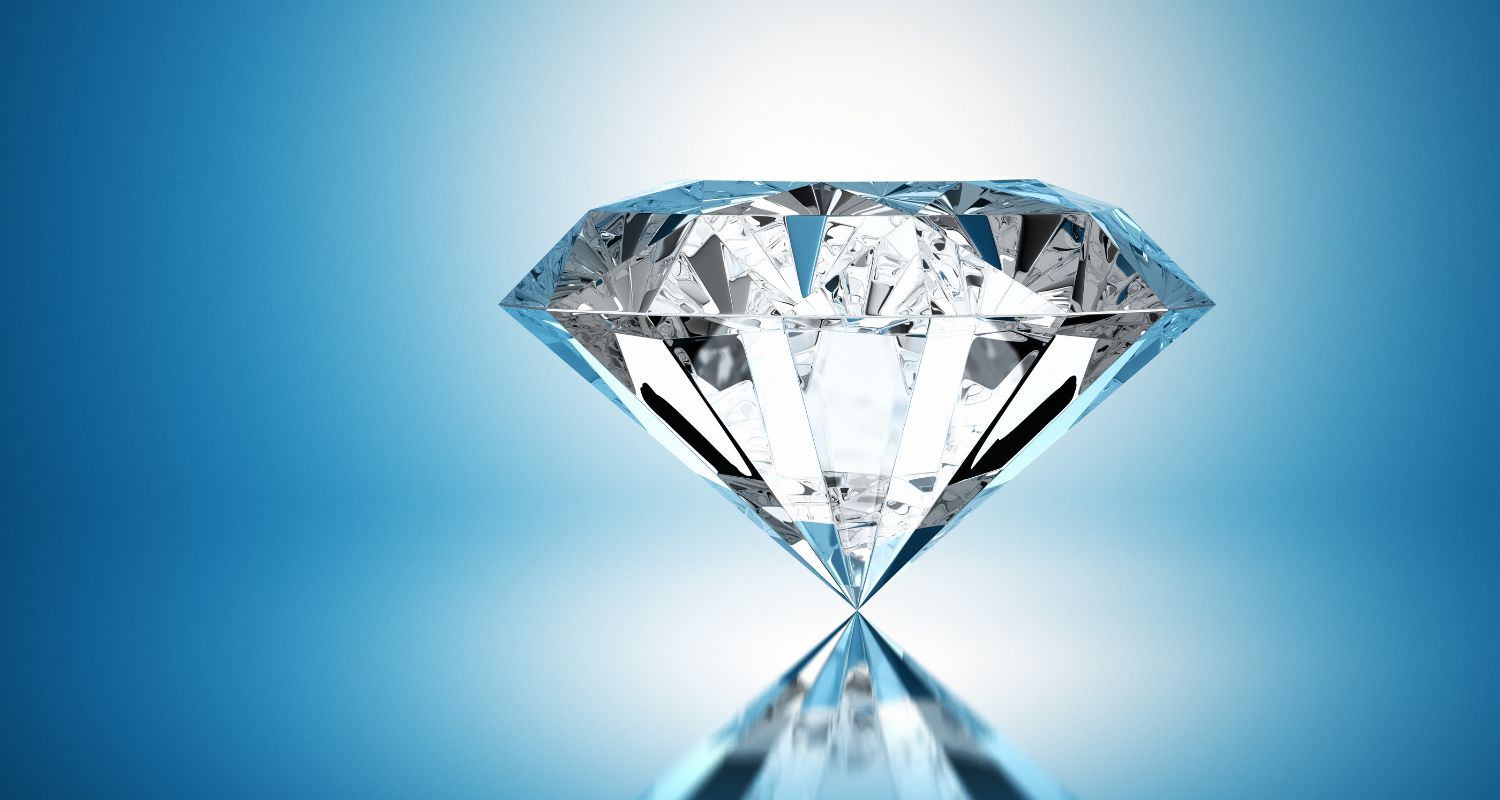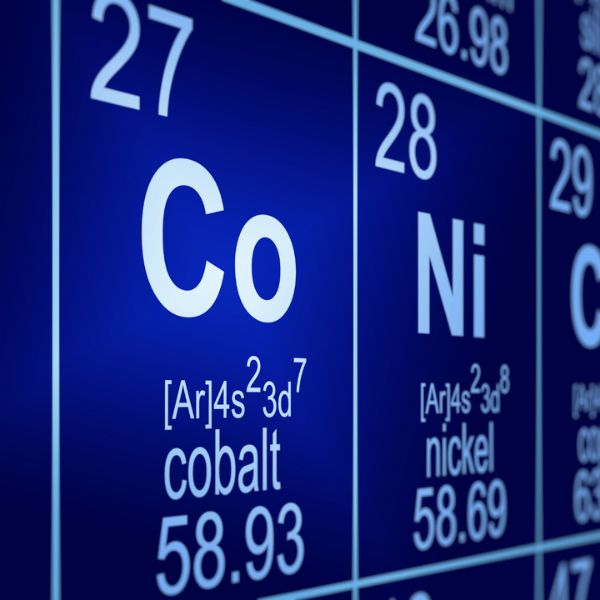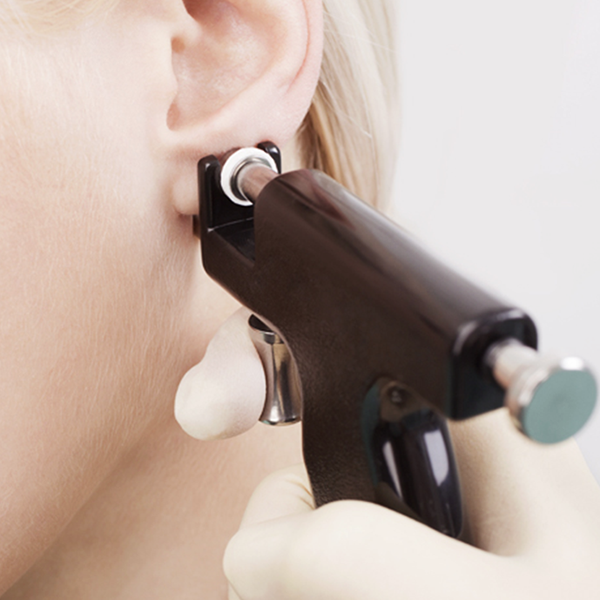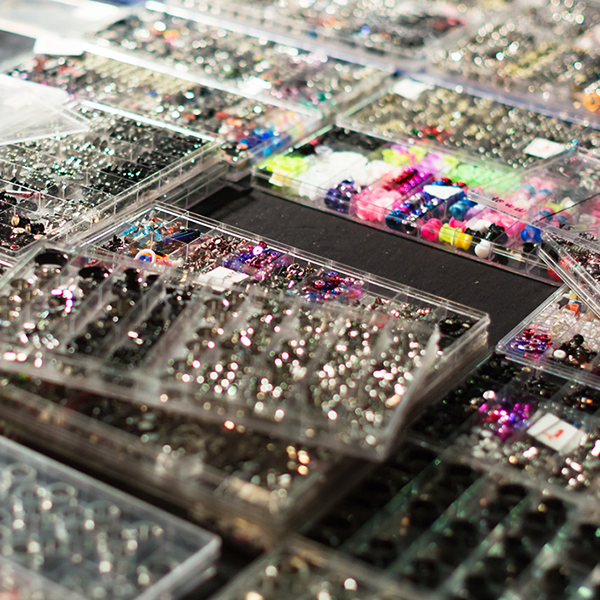As body piercers, you are always on the lookout for new and exciting materials to use for your creations. You want to integrate unique and stunning pieces that your clients will love and cherish for years to come. Cubic Zirconia or CZ, in short, is one of the hottest materials in the market today, thanks to its close resemblance to diamonds. This blog post will give you a glimpse into the history, characteristics, and popularity of CZ in the jewelry industry.
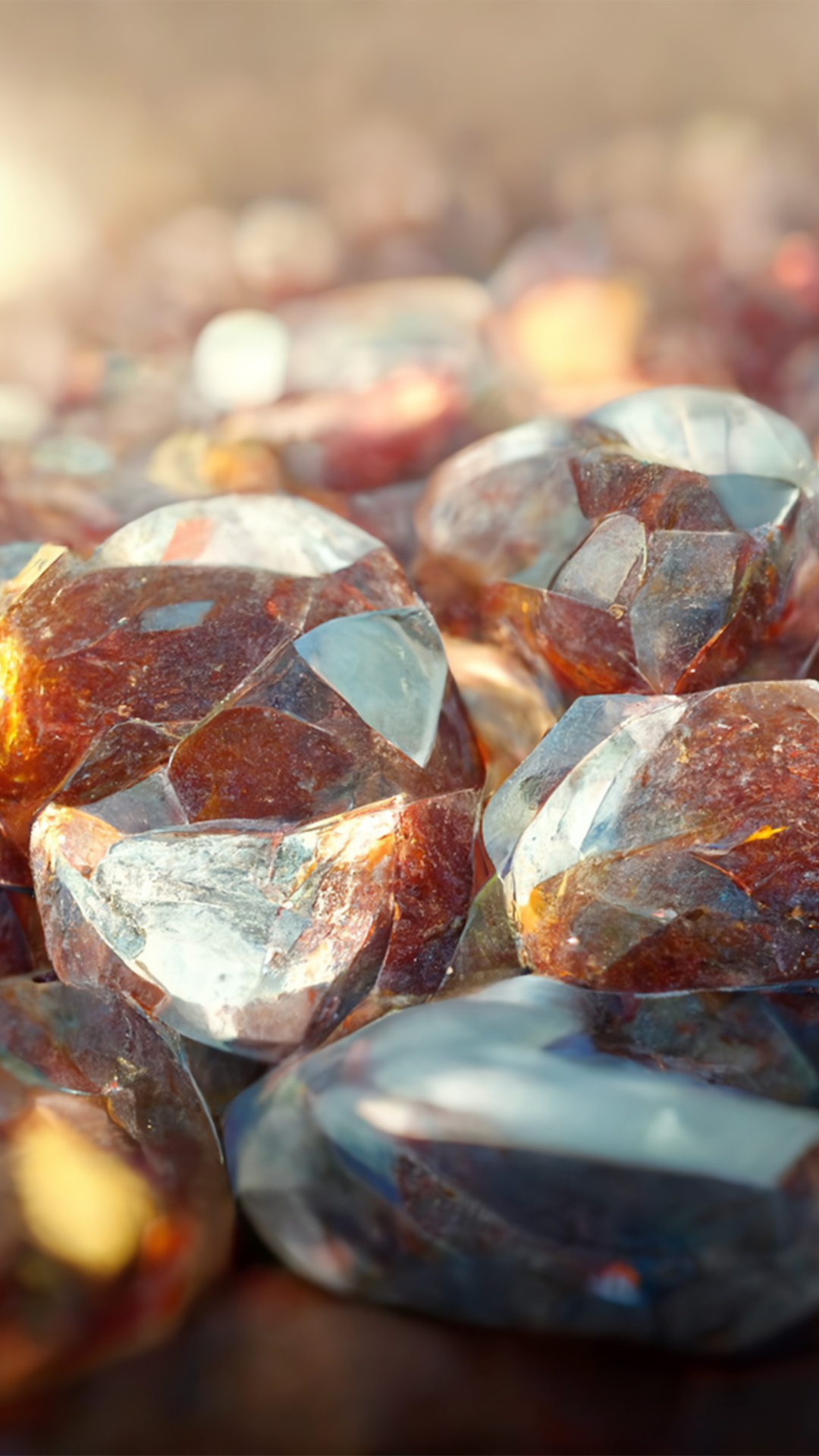
Discovering CZ
Cubic Zirconia was first discovered in 1899 in Germany, but it was not until the 1970s that it became a popular material for jewelry making. CZ is composed of zirconium dioxide, which comes closest to diamond in terms of chemical composition and has a high refractive index. With its resemblance to diamond, CZ quickly gained popularity as a diamond substitute in the jewelry industry.
CZ vs. Diamond
To the untrained eye, CZ and diamonds look identical. However, there are differences between the two materials. One significant difference is their weight. CZ has a gravity of between 5.6 to 6.0, which makes it 1.6 times heavier than a diamond. Additionally, CZ has a lower hardness than diamonds, which means it is more susceptible to scratches and damage.
CZ Popularity
CZ's popularity in the jewelry industry has been on the rise in recent years, thanks to technological advancements in production. CZ is now available in an array of colors, sizes, and shapes, making it more versatile to use in different jewelry designs. Its affordability compared to diamonds makes it a popular choice for those who want to create unique and stunning pieces without the high price tag.
Using CZ in Body Piercing
CZ is a great material to use in body piercing jewelry. Its light weight and versatility make it ideal for creating intricate body piercing pieces. CZ is hypoallergenic and can withstand the wear and tear of everyday use. It can be used in a range of piercing jewelry from nose rings to nipple bars, even belly button rings.
Caring for CZ Jewelry
Like any other jewelry, CZ pieces will require proper care and maintenance to keep them looking their best. Avoid exposing CZ jewelry to harsh chemicals, lotions, and perfumes. CZ jewelry can be cleaned with a soft cloth and mild soap solution.
Cubic Zirconia is a versatile and popular material used in jewelry making today. Its close resemblance to diamonds and affordability has made it a favorite among jewelry lovers. CZ can be used in body piercing jewelry, making it a top choice for professional body piercers. Proper care and maintenance can ensure that CZ pieces will continue to shine bright for a long time. As you continue to create stunning body piercing jewelry for your clients, consider integrating CZ into your designs to add a touch of elegance and sophistication.

To learn more about our gems and stones, click here

